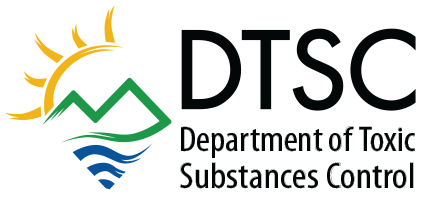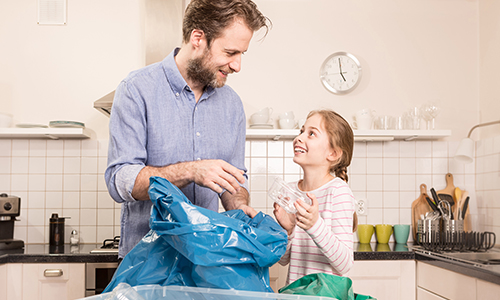
As a house, condominium or apartment resident in California, it is important that you understand about hazardous waste and how to manage it. Households have a lot of items that are hazardous waste, including pesticides, herbicides, cleaning agents, used motor oil and other automotive fluids, batteries, light bulbs, and more. Remodeling, repairs, and hobbies can also create hazardous waste.
This page will help you to learn about hazardous waste and to find resources to properly manage your hazardous waste.
Household Hazardous Waste (HHW)
Household hazardous waste is a type of waste that can pose a threat to human health, animals, and the environment when disposed of incorrectly. When these products are discarded, they become “household hazardous waste.” Although households don’t generally need to obtain an ID number to dispose of their hazardous waste, it is illegal to dispose of household hazardous waste in the trash, down the drain, or by abandonment.
Household hazardous waste includes:
- Used motor oil
- Household chemicals, such as drain cleaners, disinfectants, and oven cleaners
- Pesticides and herbicides
- Solvents, glues, and adhesives
- Paint

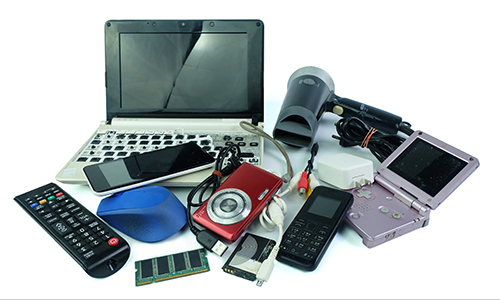
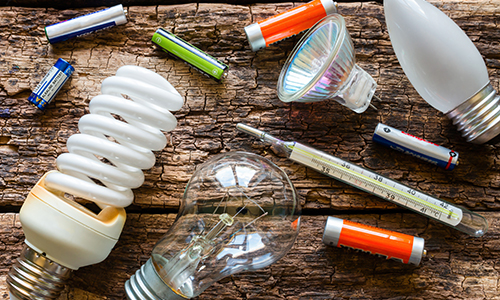
Household hazardous waste also includes a subset of hazardous waste called Universal Waste, and are called this because they are more commonly generated. Universal waste comes primarily from consumer products containing mercury, lead, cadmium and other substances that are hazardous to human health and the environment. Some examples of universal waste are:
- Batteries – This includes most household batteries (AA, AAA, C, D, 9-volt, button-type. This includes rechargeable, such as nickel-cadmium (NiCd) and single-use (copper) types, as well as older mercury batteries. Universal waste batteries do NOT include lead-acid batteries, which are managed differently.
- Fluorescent lights – These include the compact fluorescent lightbulbs, as well as the longer tube-type lamps. This also includes the newer LED lights.
- Non-empty aerosol cans – Many of the contents and propellants are flammable and toxic.
- Electronic waste – Including older cathode-ray tube (CRT) monitors, laptop and desktop computers, tablets, radios, microwave ovens, cellular telephones, and more.
- Mercury wastes – Thermometers, thermostats, some toys, and mercury switches. Appliances may also sometimes contain mercury in switches and sensors.
- Solar panels – These are also called photovoltaic (PV) modules.
Please visit our Household Hazardous Waste page for more information on management of your household hazardous waste.
Where to take Household Hazardous Waste
Household hazardous waste needs to be disposed of through a Household Hazardous Waste Program or through retailer take-back programs. There are programs in nearly every city and county in California and are primarily run by local government. Some communities allow certain wastes, such as used motor oil, to be put out with the trash or recycling (but separate from the other items) for pickup on your trash or recycling day.
To find locations to dispose of and recycle your hazardous waste, please contact your local waste management company or public utility, or use the following links:
- DTSC Household Hazardous Waste Facility List by City
- CalRecycle list of Local Government Household Hazardous Waste Websites
- Earth911 Recycling Search
Or you can do an internet search for your closest location using search terms including “HHW” and your county or city name.
Pharmaceuticals
DTSC does not regulate residential pharmaceuticals, although California does regulate businesses which generate or manage certain pharmaceutical waste. The California Department of Public Health regulates most business pharmaceutical waste.
Disposal of medications: Unused medications can be taken to many pharmacies for disposal, and police departments often have drug take-back days. The U.S. Drug Enforcement Agency (DEA) has information on how to safely dispose of pharmaceuticals on its National Prescription Drug Take Back Day webpage. Used medication patches, along with empty vials, containers and wrappers may be thrown in the trash.
Disposal of sharps (e.g., syringes, lancets, and automatic injectors): These must be placed in sharps containers and properly disposed. Some counties allow rigid plastic containers such as empty bleach bottles to be used – contact your county/utility for guidance. You may need to take your sharps waste to a Household Hazardous Waste Collection Facility. CalRecycle has information on management of sharps waste. To learn more about disposal of sharps, please go to the CalRecycle Sharps Waste Disposal webpage.
Remodeling and Repairs
Home remodeling and repairs can generate hazardous waste. This includes items such as treated wood waste, materials that contain lead (such as paint scrapings and wood covered with lead-based paint), and asbestos.
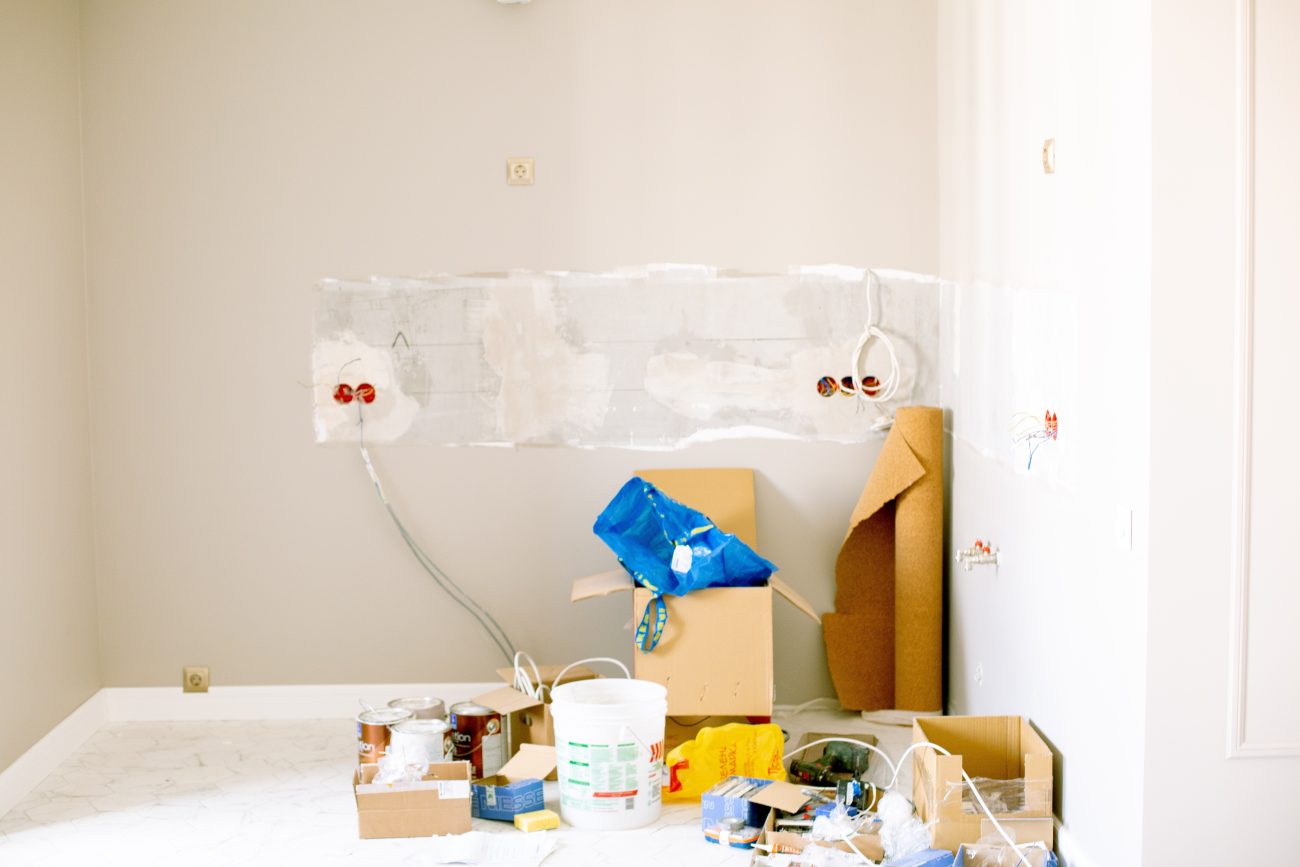
Asbestos is commonly found in a variety of man-made products including insulation, ceiling and floor tiles, roof shingles, cement, automotive brakes and clutches. As a result, building remodeling and demolition projects produce much of the asbestos waste we see today. Proper management of construction and demolition waste products is VERY important for our health and the environment. Asbestos removal is performed by people trained in the proper management of asbestos, including proper personal protective equipment and proper disposal of this waste. Asbestos is not normally accepted at HHW Collection Facilities. For more information on asbestos, please see our Managing Asbestos Hazardous Waste webpage and our fact sheet.

Did you receive a letter from DTSC or California Department of Tax and Finance Administration (CDTFA)? Read below!
If you used a contractor for your remodeling or repair, a temporary ID number may have been requested by that contractor as a part of their work in having wastes such as asbestos or lead managed properly. For questions regarding these notices, please call 800-618-6942.
FEES EXEMPTION: If you are a homeowner with a temporary ID number beginning with “CAC” or “CAP” that was issued for a one-time cleanup of hazardous waste with four or fewer manifests reported on the temporary ID number during a calendar year, and you do not have a permanent ID number, please send an email to eVQ@dtsc.ca.gov with your temporary ID number and request an exemption from fees. They will review your request.
Wildfires and Disasters
Are you the victim of a wildfire or other natural disaster? We have some information for you to understand the hazardous waste that is generated due to disasters, and how DTSC removes hazardous waste from your property. Please go to the Disaster-Related Hazardous Waste Removal page for more information.
Universal Waste Links
Links for Generators
For Additional Questions, Contact the RAO Office
Toll-Free in CA: 800-728-6942 or 800 72-TOXIC
Outside CA: 916-324-2439
Email: RAO@dtsc.ca.gov

